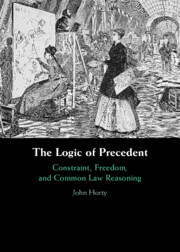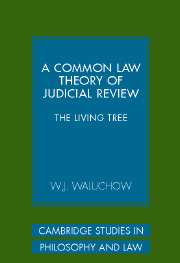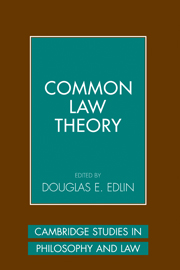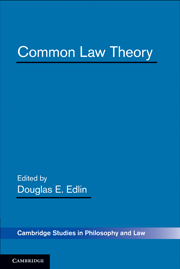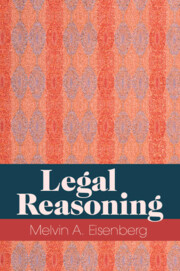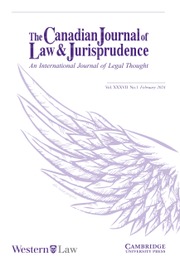The Logic of Precedent
Unlike statutory law, which relies on the explicit formulation of rules, common law is thought to emerge from a complex doctrine of precedential constraint, according to which decisions in earlier cases constrain later courts while still allowing these courts the freedom to address new situations in creative ways. Although this doctrine is applied by legal practitioners on a daily basis, it has proved to be considerably more difficult to develop an adequate theoretical account of the doctrine itself. Drawing on recent work in legal theory, as well as AI and law, this book develops a new account of precedential constraint and the balance achieved in the common law between constraint and freedom. This account, which involves construction of a group priority ordering among reasons, is then applied to other topics including the semantics of open-textured predicates and the practice of making exceptions to general rules.
- Relates recent work in field of AI and law to traditional issues from legal theory
- Provides a new, formally precise yet accessible, account of the nature of common law constraint
- Examines the nature of legal reasoning and the complex and shifting relation between the elements of precedent, constraint, and rule-following which are constantly in play
Reviews & endorsements
'This book is both clever and insightful, with several powerful and illuminating results and advances both conceptual and technical. It's deeply informed by a leading understanding of existing work in legal theory as well as in logic and artificial intelligence – a really impressive intellectual and scholarly accomplishment as well as an achievement in logic and philosophy. It should be required reading for anyone with an interest in legal reasoning or jurisprudence.' Mark Schroeder, University of Southern California
Product details
February 2025Hardback
9781009356503
276 pages
228 × 152 mm
Not yet published - available from February 2025
Table of Contents
- Introduction
- 1. The reason model
- 2. Exploring the reason model
- 3. Some alternative models
- 4. Supporting the reason model
- 5. Natural reasoning
- 6. Constraining natural reasoning
- 7. Dimensions and magnitudes
- Appendix
- Index.

